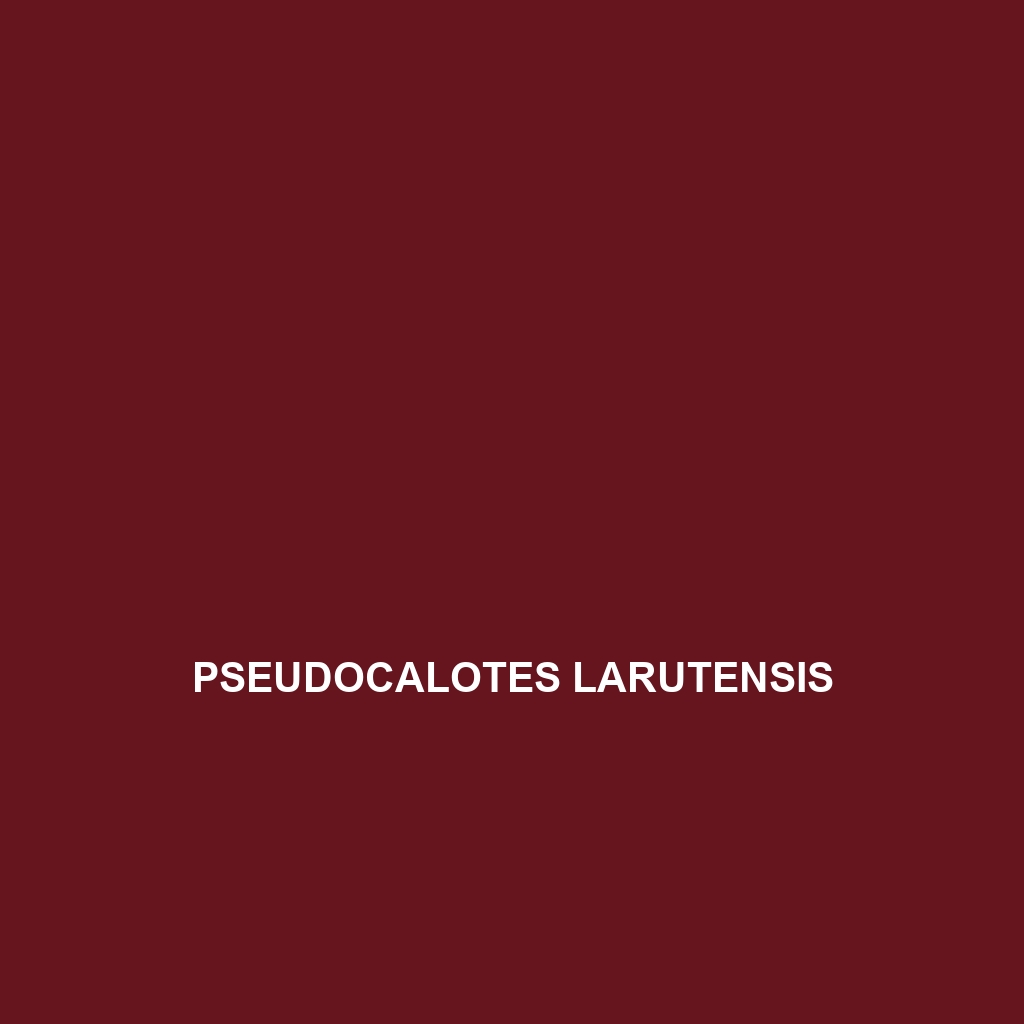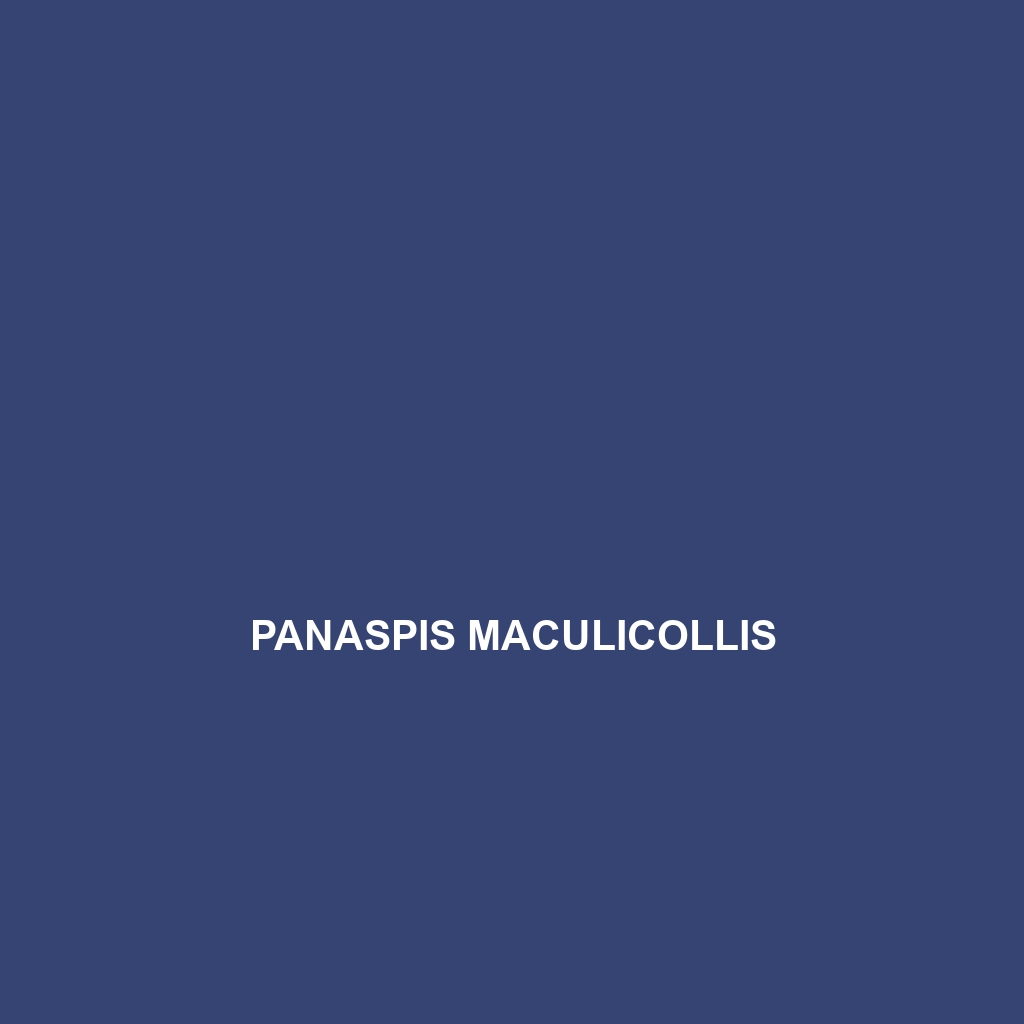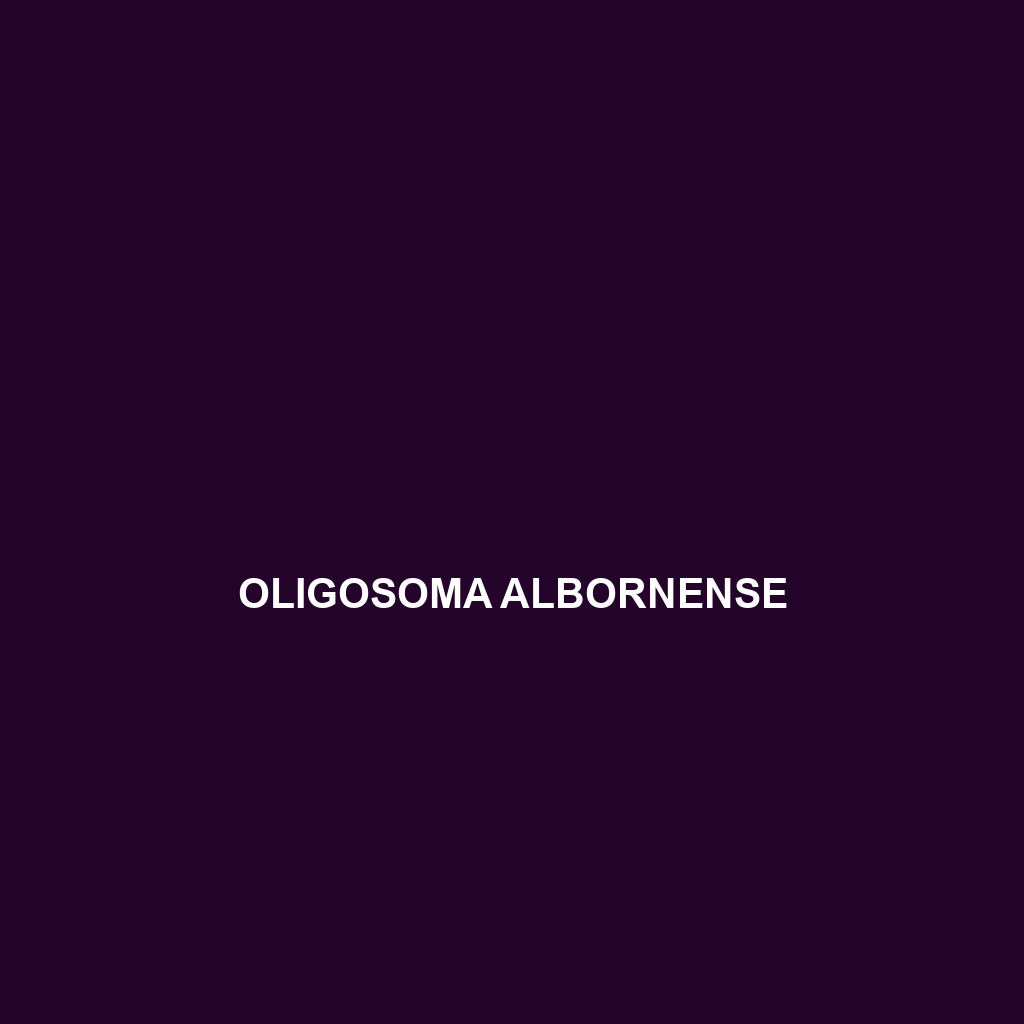<p><b>Pseudorabdion saravacense</b> is a slender, nocturnal snake found in the rainforests of Southeast Asia, characterized by its dark brown to olive green coloration and ability to camouflage. This vulnerable species, measuring 30 to 50 centimeters, primarily feeds on insects and plays a vital role in its ecosystem by regulating insect populations.</p>
Tag: insect population regulation
Pseudorabdion collaris
<b>Pseudorabdion collaris</b>, commonly known as the Collar Snake, is a striking insectivore found in the lush rainforests and savannas of Southeast Asia, characterized by its vibrant coloration and agile movements. With a slender body reaching up to 40 cm in length, it plays a crucial role in regulating insect populations while showcasing remarkable camouflage abilities to thrive in its natural habitat.
Pseudocalotes larutensis
<span><b>Pseudocalotes larutensis</b>, or the Larut Hill lizard, is a vibrant, insectivorous reptile native to the montane rainforests of Malaysia, characterized by its distinct spiny dorsal crest and diurnal foraging behaviors. This vulnerable species plays a crucial role in regulating insect populations and contributes to the ecosystem's biodiversity.</span>
Pseudorabdion saravacense
<p><b>Pseudorabdion saravacense</b> is a slender, nocturnal snake found in the rainforests of Southeast Asia, characterized by its dark brown to olive green coloration and ability to camouflage. This vulnerable species, measuring 30 to 50 centimeters, primarily feeds on insects and plays a vital role in its ecosystem by regulating insect populations.</p>
Pseudorabdion collaris
<b>Pseudorabdion collaris</b>, commonly known as the Collar Snake, is a striking insectivore found in the lush rainforests and savannas of Southeast Asia, characterized by its vibrant coloration and agile movements. With a slender body reaching up to 40 cm in length, it plays a crucial role in regulating insect populations while showcasing remarkable camouflage abilities to thrive in its natural habitat.
Pseudocalotes larutensis
<span><b>Pseudocalotes larutensis</b>, or the Larut Hill lizard, is a vibrant, insectivorous reptile native to the montane rainforests of Malaysia, characterized by its distinct spiny dorsal crest and diurnal foraging behaviors. This vulnerable species plays a crucial role in regulating insect populations and contributes to the ecosystem's biodiversity.</span>
Plestiodon kishinouyei
Discover the Plestiodon kishinouyei (Kishinouye's skink), a medium-sized skink native to East Asia known for its vibrant blue tail and adaptability to diverse habitats, including coastal scrublands and temperate forests. This insectivorous species thrives in subtropical climates, playing a crucial role in regulating insect populations while exhibiting fascinating social behaviors and minimal parental care after reproduction.
Phrynocephalus euptilopus
<p>The <b>Toad-headed Agama (<i>Phrynocephalus euptilopus</i>)</b> is a unique lizard native to the arid regions of Central Asia, exhibiting a flattened body, broad head, and excellent camouflage that allows it to thrive in harsh environments. Known for its diurnal behavior and diet primarily consisting of insects, this resilient species plays a vital role in maintaining the ecological balance of its desert habitat.</p>
Panaspis maculicollis
<b>Panaspis maculicollis</b>, known as the spotted-necked skink, is a resilient, insectivorous reptile found in various habitats across East Africa, characterized by its sleek body, distinctive dark brown or olive coloration with lighter neck spots, and adaptive behaviors. This diurnal skink plays a vital role in its ecosystem by regulating insect populations while serving as prey for larger animals.
Oligosoma albornense
Discover the fascinating Oligosoma albornense, a slender skink native to New Zealand's diverse habitats, particularly in the North Island's lush forests and shrublands. Known for its striking olive green to brown coloration and diurnal behavior, this insectivorous species plays a vital role in regulating insect populations while showcasing unique reproductive and social behaviors, including parental care and vocal communication.









